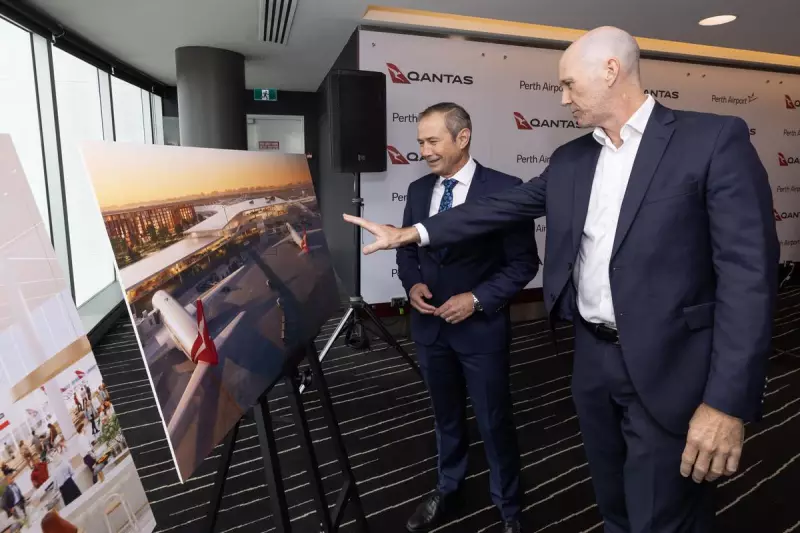
Perth Airport is embarking on a massive $5 billion redevelopment while taking proactive steps to prevent major labour shortages across Western Australia's booming infrastructure sector.
Collaboration Over Competition
The airport's chief executive, Jason Waters, revealed the aviation hub is in direct discussions with other significant projects, including the multi-billion dollar Westport port development and the defence-focused AUKUS program. The goal is to coordinate timelines and smooth out peaks in labour demand that could otherwise cripple progress.
"We're talking to these other projects, to make sure we don't stuff each other up, if we can avoid it," Mr Waters stated on Monday. He acknowledged the intense competition for skilled workers, noting, "There's lots and lots on ... and we're all in competition for talent and capability."
Record Profit Fuels Ambitious Plans
The announcement coincides with the airport reporting a record annual profit of $185.5 million, a substantial 49 percent increase from the previous year's $124.5 million. This financial boost was driven by record passenger numbers, which pushed total revenue up by 14.4 percent to $751.8 million.
The monumental redevelopment project itself is set to require up to 5000 workers at its peak. Key components of the overhaul include:
- A new runway costing over $1 billion to handle growing air traffic.
- The airport's first on-site hotel.
- A brand new terminal for Qantas.
- Multi-storey car parks to improve passenger access.
A Coordinated Approach to WA's Construction Boom
Mr Waters explained that project proponents are actively discussing how to manage the collective demand for labour effectively. The strategy focuses on avoiding a situation where all major projects hit their peak workforce requirements simultaneously, which would lead to unsustainable competition and potential delays.
This collaborative model represents a significant shift for Western Australia's infrastructure landscape, aiming to ensure that the state's pipeline of mega-projects can be delivered efficiently and on schedule.





